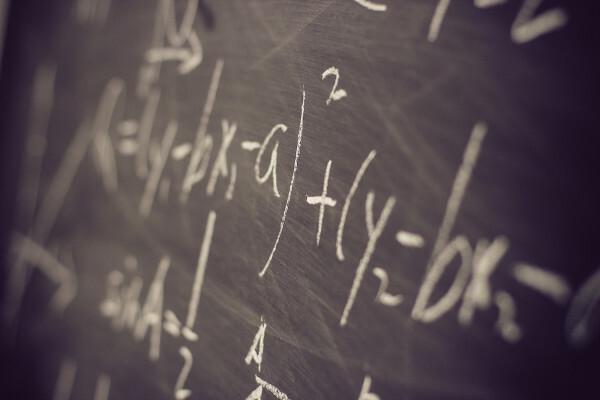Fraction multiplication is an interesting subject as we are performing two operations at the same time. After all, the fraction represents a division, right?
THE multiplication of fractions arose from the need to divide the same object more than once.
Before we learn how to perform fraction multiplication, let's remember the elements of a fraction.
Numerator: this is our so-called "top part of fraction", it represents the amount of parts that was taken from that fractional integer.
Denominator: this is responsible for partitioning the integer into equal parts, giving rise to our fraction.

To make it easier to understand, let's think about the following event.
Pedro got a candy bar from his mother, however Pedro's mother said he should share it with his younger sister. So Pedro decided to eat 1/3, leaving 2/3 of the chocolate left. With that, Peter divided these 2/3 again into three parts and gave one of them (1/3) to his sister. But his sister complained that he was being unfair. Why did she have this attitude?
To understand what happened in this problem, we will need to make representations of each split that was made!
Now Pedro again divides the bar into three equal parts and gives his sister two parts.
Note that the fraction representing the amount of chocolate that the Peter's sister ate is 2/9. That is, much less than the amount Pedro has for him, that's why she was upset with her brother's attitude.
But making all these graphics every time we go to solve a little problem like this is tiring, Is not it?
So let's learn to fraction multiplication!!
What two fractions did Pedro use to determine how he would fractionate the chocolate?
First it was the 2/3 that were left, then he took 1/3 of those that were left, and gave it to his sister.
So let's go multiply those two fractions!

In fractional multiplication, we are going to multiply the numerators together and divide by the result of multiplying the denominators. That is, we are going to multiply the top by the top and the bottom of the fraction by the bottom!
The result was the same as in our graphical representation of the problem, wasn't it?
Congratulations, now you know how to multiply fractions!
By Gabriel Alessandro de Oliveira
Graduated in Mathematics



